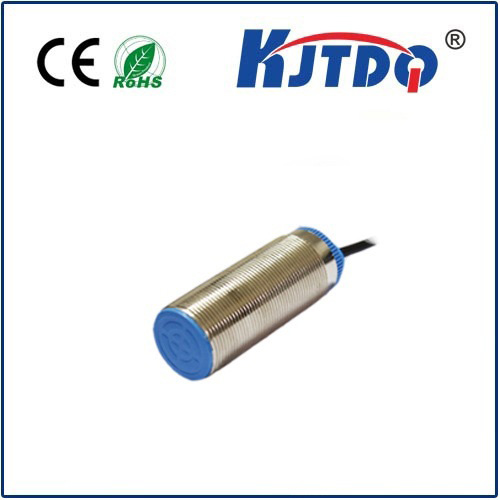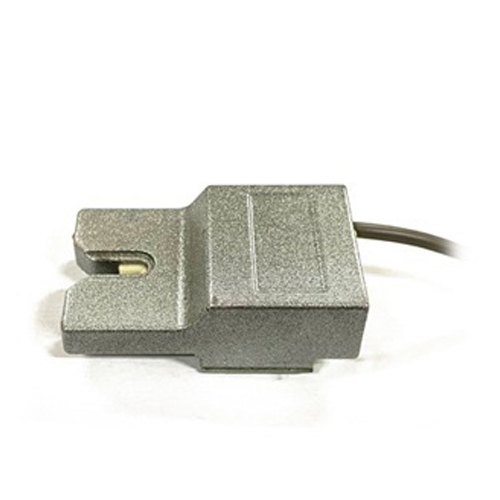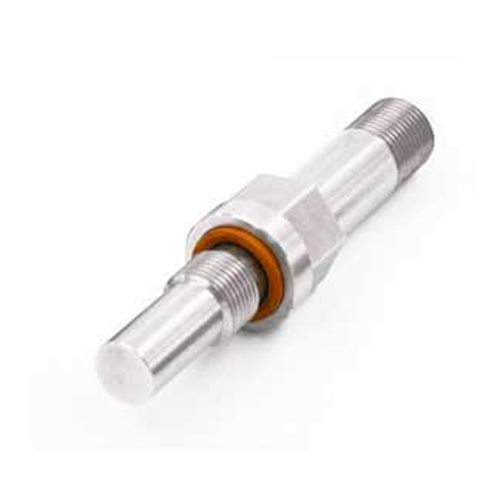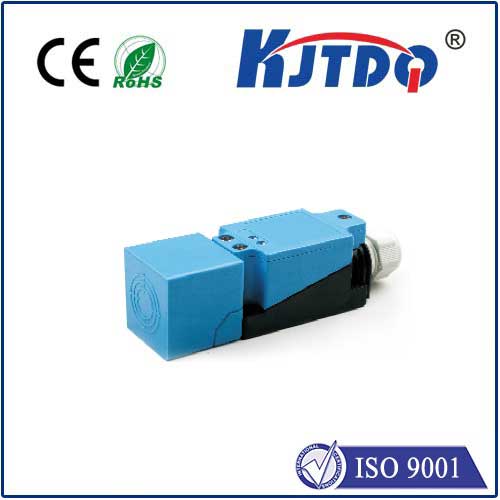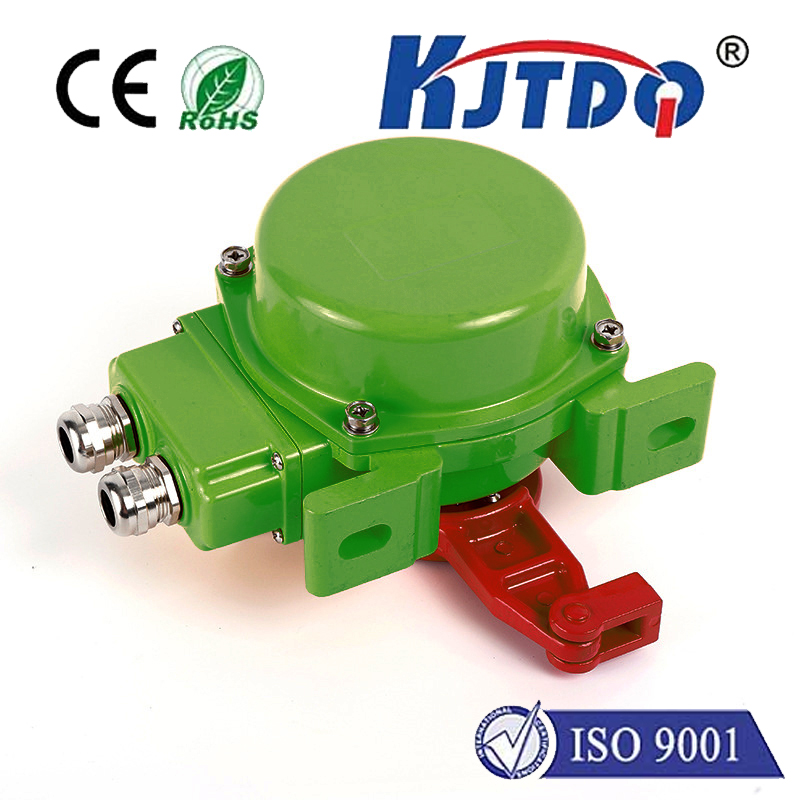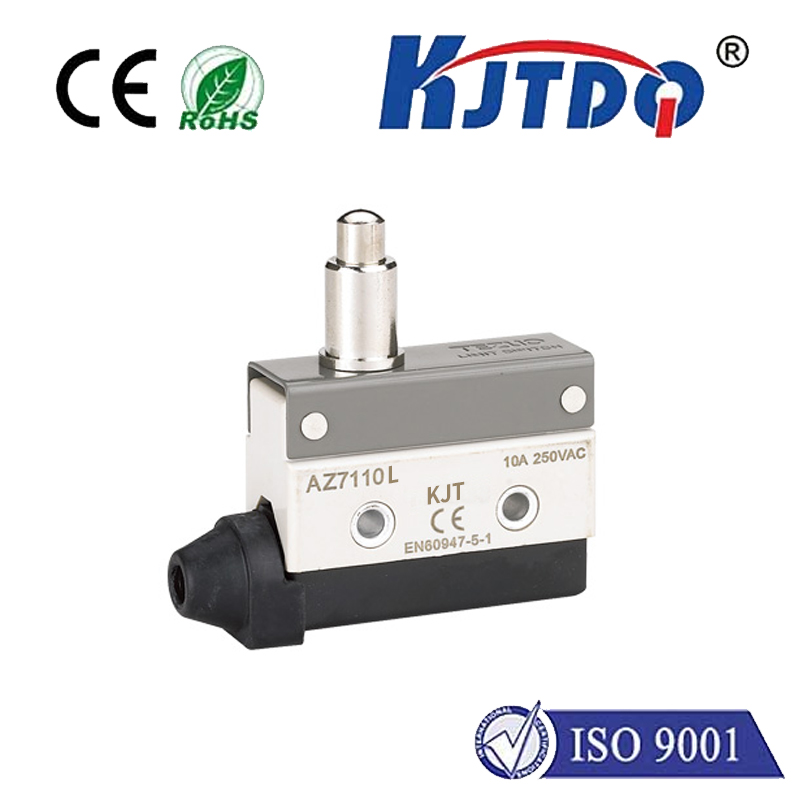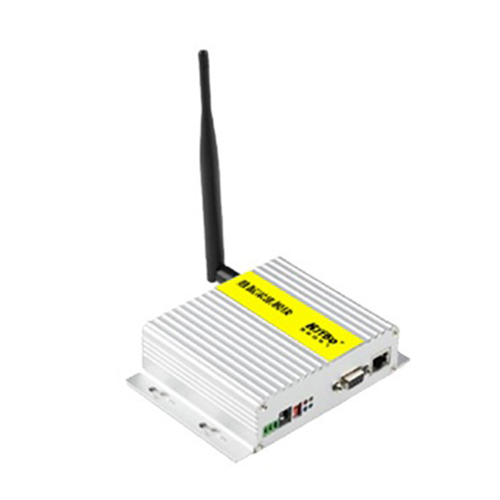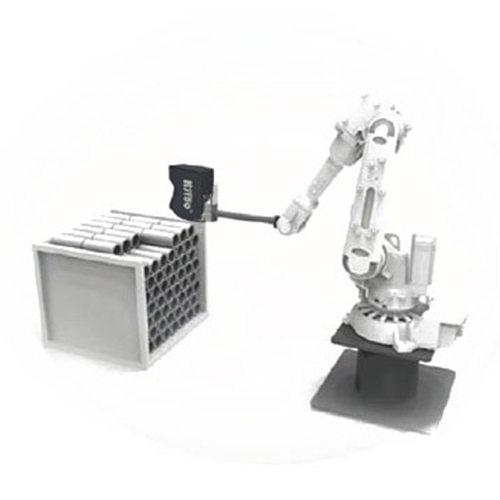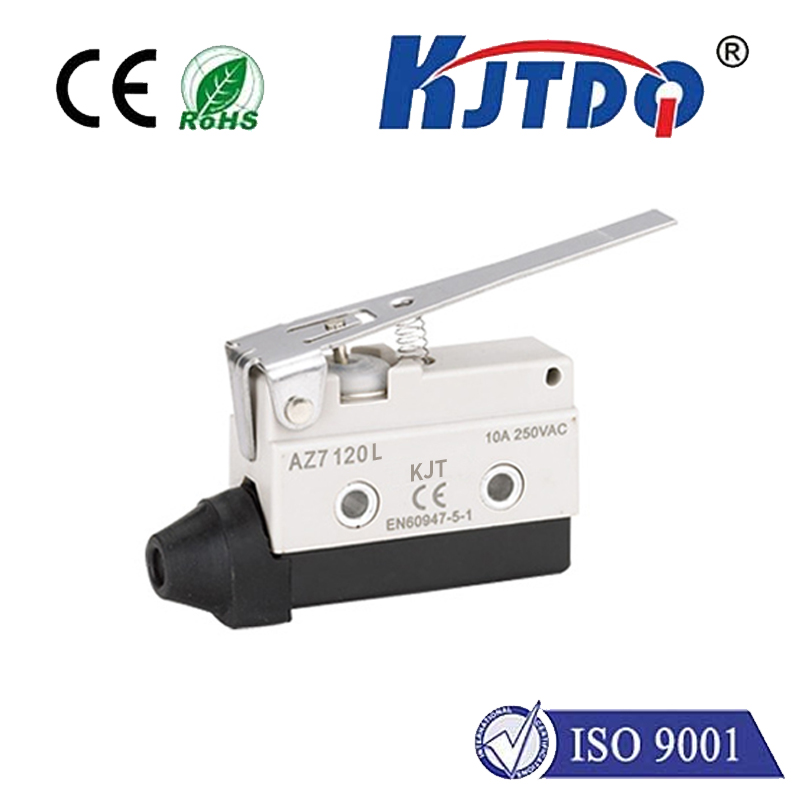approximately sensor
- time:2025-08-25 03:04:57
- Нажмите:0
Beyond Exact Numbers: The Power of Approximately Sensors in Modern Technology
Imagine glancing at a room and instantly knowing it’s “warm,” not needing a precise 23.7°C reading. Or intuitively gauging distance instead of measuring it to the millimeter. Humans excel at approximate sensing – making quick, good enough judgments for countless daily decisions. Now, technology is catching up, driven by the rise of approximate sensors. These aren’t flawed tools; they represent a deliberate shift towards intelligent, efficient data acquisition where absolute precision isn’t the primary goal.
So, what exactly is an approximately sensor? Fundamentally, it’s a sensing device designed to deliver sufficiently accurate information for a specific task, often prioritizing speed, cost, energy efficiency, or simplicity over pinpoint accuracy. It embraces the concept that in many real-world applications, knowing something is “hot,” “near,” “full,” or “moving fast” is far more valuable and practical than knowing its exact metric value, especially when resources are constrained.
Why Embrace the “Approximate”?

The relentless pursuit of higher and higher sensor precision comes with inherent costs:
- Energy Consumption: High-precision sensors often demand significant power, a critical limitation for battery-operated IoT devices or remote monitoring stations.
- Computational Burden: Processing ultra-precise data streams requires more powerful (and power-hungry) processors.
- Cost: Achieving extreme accuracy typically involves more complex manufacturing and calibration, increasing unit cost.
- Speed & Latency: Acquiring and processing highly precise measurements can introduce delays, unacceptable for real-time control systems.
Approximate sensing technology strategically trades off some unnecessary precision for substantial gains elsewhere. This paradigm shift is unlocking possibilities:
- The Exploding World of IoT & Edge Computing: Billions of interconnected devices, from smart thermostats to industrial monitors, run on limited power and processing capabilities. An approximate temperature sensor confirming if a machine is “overheating” or a light sensor detecting “dark vs. light” for room automation is vastly more efficient and cost-effective than its high-precision counterpart. Resource constraints make approximation essential for scalability.
- Enabling AI at the Edge: Many AI and machine learning algorithms, especially for classification (e.g., sound recognition, basic image detection) or anomaly detection, thrive on trends and relative changes rather than absolute values. Approximate sensors provide the necessary good enough data inputs directly at the source, enabling faster, local decision-making without constant cloud reliance – edge intelligence becomes feasible.
- Wearables & Personal Health: Fitness trackers leveraging approximate motion sensors (accelerometers, gyroscopes) effectively count steps, detect activity types (walking, running, sleeping), and estimate calorie burn. While not medical-grade, this approximate data provides valuable insights for general wellness. Heart rate monitors using optical sensors offer approximate heart rate tracking, sufficient for everyday fitness goals.
- Environmental Monitoring: Deploying dense networks for air quality or noise pollution monitoring requires cost-effective units. Approximate sensors can reliably indicate “poor,” “moderate,” or “good” air quality levels or detect “excessive noise,” enabling wide-area coverage and trend identification without the prohibitive cost of thousands of lab-grade sensors. Widespread monitoring relies on affordable, approximate technology.
- Industrial Automation & Predictive Maintenance: Not every parameter needs nanosecond timing or micrometer resolution. Vibration sensors detecting “abnormal” shake levels or proximity sensors confirming “part present/absent” on a fast assembly line rely on robust, fast, and cost-effective approximate sensing. This data is perfect for triggering alarms or flagging potential maintenance needs through trend analysis.
The Tangible Benefits: More Than Just “Good Enough”
Choosing approximate sensing isn’t a compromise; it’s an optimization strategy delivering tangible advantages:
- Drastically Lower Power Consumption: Extending battery life from days to years in remote sensors. Energy efficiency is paramount for sustainable IoT.
- Reduced Cost per Node: Enabling deployment of sensors at previously unimaginable scales for large-area monitoring or dense data grids.
- Enhanced Speed and Responsiveness: Critical for real-time control loops and rapid decision-making applications.
- Simplified Design & Integration: Often smaller, less complex, and easier to interface with microcontrollers.
- Focus on Relevant Information: Reduces data bandwidth and storage requirements by filtering out unnecessary precision noise.
Navigating the Nuances: It’s About Context
Embracing approximate sensing requires understanding its boundaries:
- Application is Key: They excel where trends, thresholds, classifications, or relative changes matter most. They are not suited for applications demanding high metrological accuracy, like scientific research, medical diagnostics, or critical financial measurements.
- Defining “Sufficient Accuracy”: What constitutes “good enough” varies wildly. Rigorous testing in the specific intended context is crucial.
- Potential Drift and Calibration: While often designed for stability, understanding potential drift over time or environmental conditions is necessary.
The Future is Approximate (Where it Counts)
The rise of approximate sensors signifies a maturation in sensing technology. It’s a recognition that intelligence lies not just in data precision, but in matching the fidelity of the data to the actual requirements of the task. This approach fosters innovation, making sophisticated sensing ubiquitous across consumer electronics, industrial automation, environmental protection, and the sprawling Internet of Things. As edge computing and AI continue their ascent, the demand for smart, efficient, and context-aware sensing technology – perfectly embodied by approximate sensors – will only intensify. They are the key to unlocking practical, large-scale, and energy-conscious applications where timely insight consistently trumps exacting detail.

